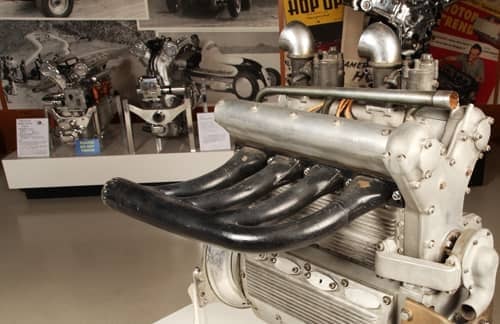Birth of Speed: The Harry Miller Engine Collection












1 / 29










Loading ...
